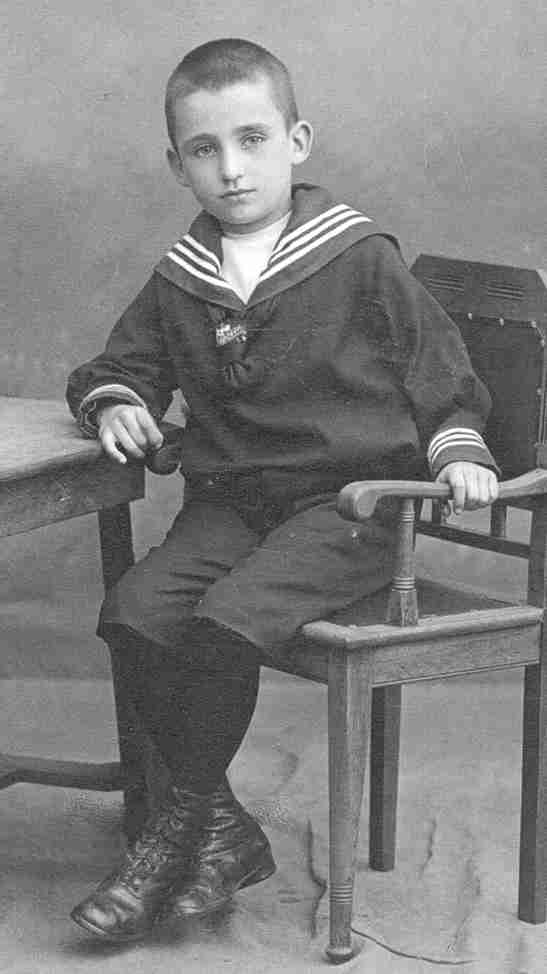
Figure 1.--This European boy wears a plain white dicky with a dark sailor suit. It is not clear just what kind of dickey it is. The portrait looks to have been taken in the early 1900s, perhaps about 1910. Notice how the scarfe is tied.


Figure 1.--This European boy wears a plain white dicky with a dark sailor suit. It is not clear just what kind of dickey it is. The portrait looks to have been taken in the early 1900s, perhaps about 1910. Notice how the scarfe is tied. |
Many dickeys were plain solid colors without any embroidered designs. They either the same color as the suit or contrasting with it. The matching colored dickies were the most common, often with "V" collars that had stripes. In some cases thge "V" collar was a contrasting color and the blouse or jacket matching the dickie. The solid color dickie appear to have been most common in England, Germany, and the United States. The dickies were comonly blue, except for those worn with white sailor suits. There were, however, some white dickies with dark suits. I do not recall ever seeing a dark solid-colored dickie with a white suit. These dickies were commonly blue or black. Sailor suits were made in other colors such as grey. Thus the dickies were made in those colors to match the suit. We have not noted solid color dickies made in colors other than blue and white that did not match the suit. Given the many different styles of saolor suits, this is not impossible--but certainly was not very common. One variant of the solid colored dickey was a usually white dickey with a blue band at the neck.
Many dickeys were plain solid colors without any embroidered designs. They either the same color as the suit or contrasting with it.
The matching colored dickies matched the color of the suit. I had thought this was the most commonm convention although ths may have changed over time. Usually the "V" collars that had stripes. Sometimes they were white or some other contrasting color.
Contrastig color
In some cases thge "V" collar was a contrasting color and the blouse or jacket matching the dickie. The popular style was to showcase the dickey by making it a contarasting color or stripes that stood out.
The solid color dickie appear to have been most common in England, Germany, and the United States.
The dickies were comonly blue, except for those worn with white sailor suits. There were, however, some white dickies with dark suits. I do not recall ever seeing a dark solid-colored dickie with a white suit. These dickies were commonly blue or black. Sailor suits were made in other colors such as grey. Thus the dickies were made in those colors to match the suit. We have not noted solid color dickies made in colors other than blue and white that did not match the suit. Given the many different styles of saolor suits, this is not impossible--but certainly was not very common. One variant of the solid colored dickey was a usually white dickey with a blue band at the neck.
Navigate the Historic Boys' Clothing Web Site:
[Introduction]
[Bibliographies]
[Biographies]
[Chronologies]
[Contributions]
[Style Index]
[Essays]
[Frequently Asked Questions]
[Boys' Clothing Home]
Navigate the Historic Boys' Clothing Web chronological pages:
[The 1840s]
[The 1850s]
[The 1860s]
[The 1870s]
[The 1880s]
[The 1890s]
[The 1900s]
[The 1910s]
[The 1920s]
[The 1930s]
[The 1940s]
Navigate the Historic Boys' Clothing Web saiolor pages:
[Return to the Main sailor dicky page]
[Return to the Main sailor suit page]
[Reefer jackets]
[Sailor dresses]
[Other sailor styles]
[Sailor hats]
[The Royals]
[Ring bearer/page costumes]
